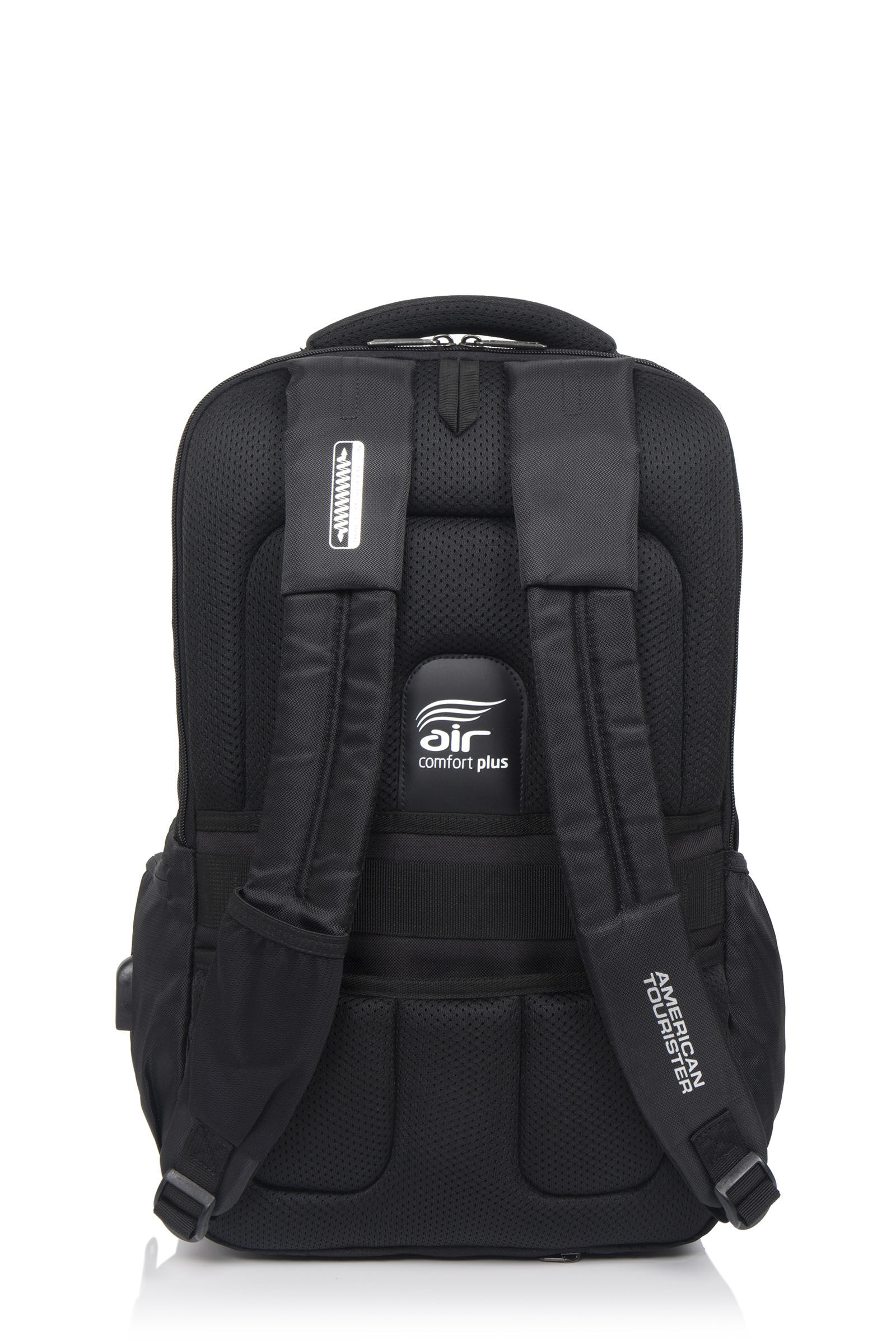


Use the tool responsibly and don't forget to take some water and food with you, even if you're headed just for a short walk.Itinerary left w/ friend or family member Regardless, it should work as an interesting way to check the calories needed for each trail and could help hikers better prepare for their trips. Unfortunately, we simply don't have the sufficient amount of data, so can only offer approximate values. This means many outside factors were not taken into consideration such as Mark's stamina and individual predispositions, weather conditions, trail structure and speed of hike. Now, keep note that we based those formulas on a research done in a lab and not on a mountain slope. In total, Mark should expect to burn around 1574 calories during his hike. Add the backpack and the numbers go up - 998.5 kcal for going up and 575.5 kcal down. First, if Mark were to leave his backpack before the trail start, he would burn roughly 924 calories for the way up and 533 for the way down. Now that we have those numbers, we can calculate the number of calories burned on the way up and down. As you can see from the calculator, the trail averaged around 7.9% grade (remember to use the one-way distance - 6 miles). Mark is pretty slim himself, weighing 150 pounds (68 kg) and carrying 18 pounds (8.15 kg) of backpack on his back. Mark went on a hike last weekend which lasted for 12 miles (19.3 km) in total (so 6 miles one way) and featured a 2500 ft (762 m) elevation gain. Let's discuss a simple example to make things clear.

From there, it was only a short way to use the aforementioned equation and calculate the energy levels for both climbing up and down. Having calculated that, they were able to come up with the equation which roughly allows comparing calories burned on a walk and a hike. They put a group of volunteers on a treadmill and started testing how much oxygen they use at different gradients, starting from the flat walk or run and climbing higher and higher.Īfter a thorough research, they were able to determine how the slope of a hill or mountain affects the amount of oxygen used and, as a result, energy consumed. Although this result is only approximate, it can serve as a good starting point for our further calculations.īack in 2002 a group of researchers published a paper in the Journal of Applied Physiology entitled, "Energy cost of walking and running at extreme uphill and downhill slopes". As an example, person weighing 70 kg (154 lbs) who jogs for an hour will burn approximately 70 × 7 × 1 = 490 calories. You can check here the most common MET values for different activities. MET, short for metabolic equivalent, is the amount of oxygen used for particular activities, such as running, walking up the stairs or cycling. Calculating calories burned during various kind of activities is a fairly simple matter as it revolves around the following equation:Ĭalories burned = MET × Weight (kg) × Time (hrs)


 0 kommentar(er)
0 kommentar(er)
